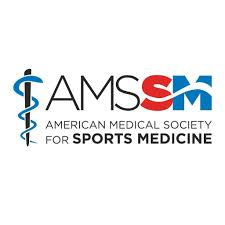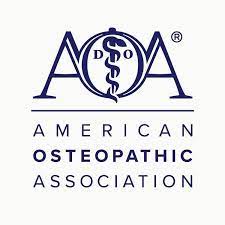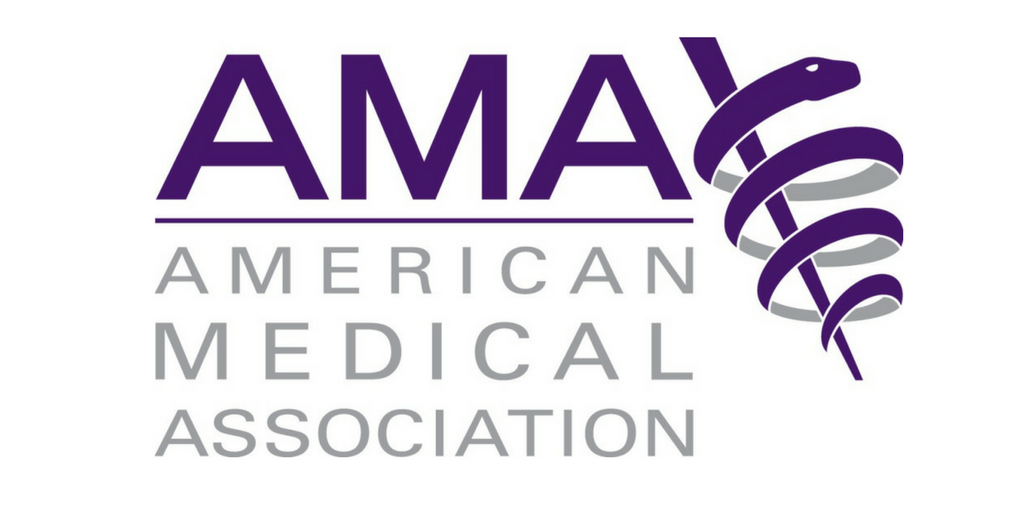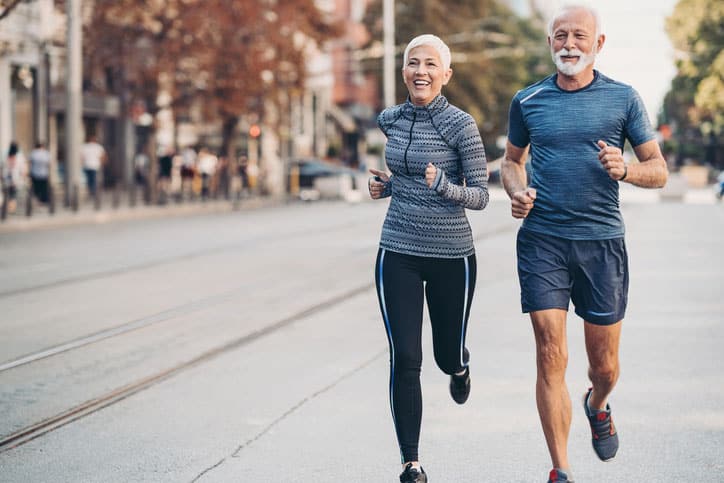
Movement is a Key Solution for Joint Pain
We need our joints to move, and we need them to be healthy to move well and pain-free. However, as we age, healthy joints are more difficult to maintain. This unfortunate side effect of aging leads to discomfort and limited ability to move freely. Movement is a key solution for joint pain and getting regular exercise is a crucial aspect of protecting your joint health. Exercise and regular movement provide various health benefits beyond weight loss, including improvement of cardiopulmonary, musculoskeletal and organ health. Everyday movement is also an easy solution to maintaining healthy joints.
Grease for Our Joints
inside each joint in our body, including knees, hips, elbows, exists a thick fluid called synovial fluid. Synovial fluid lubricates the joints and enables smooth movement. Synovial fluid also delivers nutrients to the joint, so it is best to move the joints daily to trigger the joint capsule to excrete the synovial fluid.
Body is like a vehicle and if that vehicle is not driven, it rusts, degrades, and stops working. And the same is true for our bodies. Movement is the trigger mechanism to release the synovial fluid to our joints similar to using grease in our cars. The joints require movement in order for them to stay lubricated.
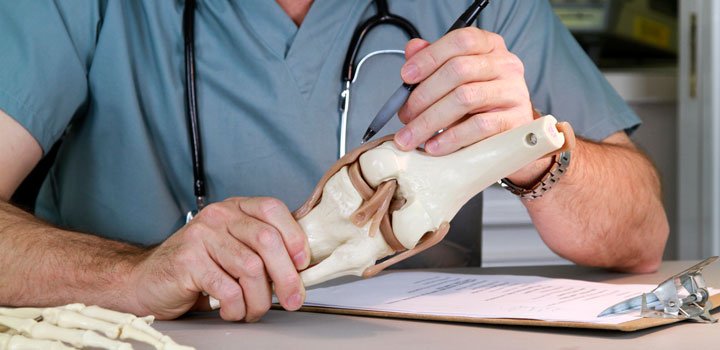
Joint Degeneration As We Age
As we age, the synovial fluid decreases and dries up, resulting in more friction on joints when they move. This leaves them susceptible to injury. Engaging in regular exercise helps maintain the integrity of your joints. Low-impact workouts are a great way to distribute synovial fluid to keep joints healthy, flexible, lubricated, and nourished. For individuals starting a new exercise program or existing joint issues, low-impact exercises enable a gradual routine to minimize injury. Low-impact exercises such as cycling, walking, and swimming promote flexibility and strength without causing additional strain on your joints. The image on the right shows effusion (‘eff’) caused by loss of synovial fluid and degeneration in the joint.
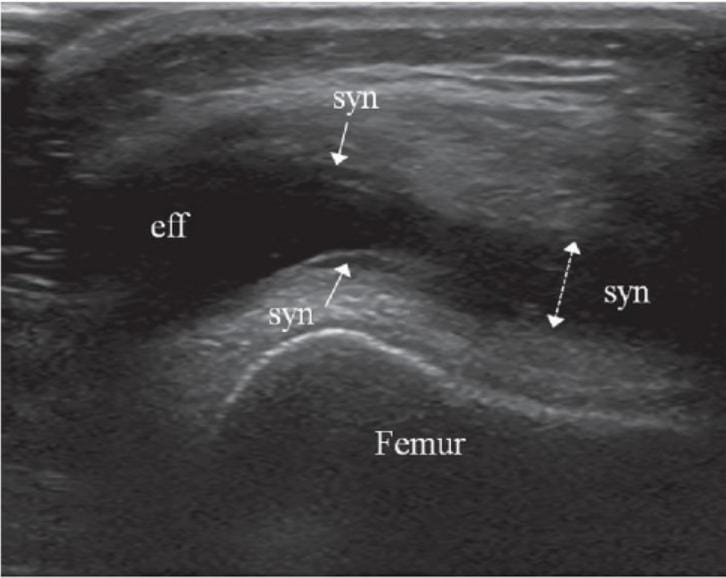
Whether you have severe arthritis or just experiencing mild joint pain, it is never too early or late to consult our doctors to ensure proper evaluation, diagnosis, and treatment are in order for your arthritis.
- Physical Evaluation
- In-office Ultrasound
- Joint Injection
- Physical Therapy
Treatment
For joints with severe pain or degeneration, it is best to consult our doctors for an evaluation and treatment plan. Aside from using medication to increase synovial fluid in joints such as the knee, doctors will consider injecting viscosupplement which has a similar composition as the natural synovial fluid produced by our bodies. The viscosupplement consists of hyaluronic acid which occurs naturally in the synovial fluid. The viscosupplement is injected into the joint space and around the cartilage to reduce pain, swelling, inflammation, friction and improves knee mobility. The results could be effective for 6-12 months.
In addition to the viscosupplement synovial fluid, another treatment option is platelet-rich plasma or PRP injection. PRP helps to repair damaged tissues, treat injury and reduce inflammation. This treatment uses the patient’s own blood and undergoes multiple processes to deliver a pure plasma product. The plasma is then injected back into the affected joint and tells the body to regenerate that area. This method is used not only in orthopedic settings but also used in hair growth, dental implants and other areas of the body. Each treatment option varies upon the patient’s condition, severity, and effectiveness.
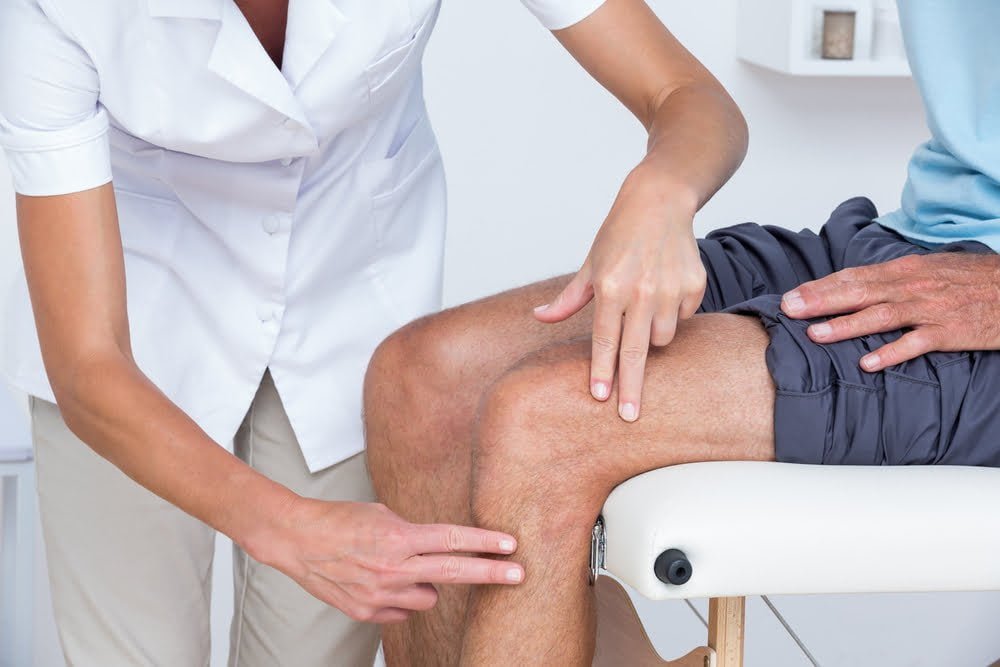
Additional Therapies
While treatments can depend on the severity of the underlying issue, our doctors will generally start with conservative therapies then work up to more invasive treatments as needed. Non-surgical treatments for arthritis include:
Medications: Over-the-counter pain relievers, such as acetaminophen and ibuprofen, can help relieve pain and inflammation. For more severe arthritis, your doctor may prescribe stronger pain relievers or anti-inflammatory medications.
Physical therapy: Physical therapy can help improve joint function and reduce pain. A physical therapist can teach you exercises to strengthen the muscles around your joints and improve your range of motion.
Weight loss: If you are overweight or obese, losing weight can help reduce stress on your joints and improve your arthritis symptoms.
Assistive devices: Assistive devices, such as canes, walkers, and braces, can help reduce pain and improve mobility.
Injections: Corticosteroid injections can be used to reduce inflammation and pain in a specific joint. Hyaluronic acid injections can help lubricate the joint and reduce friction.
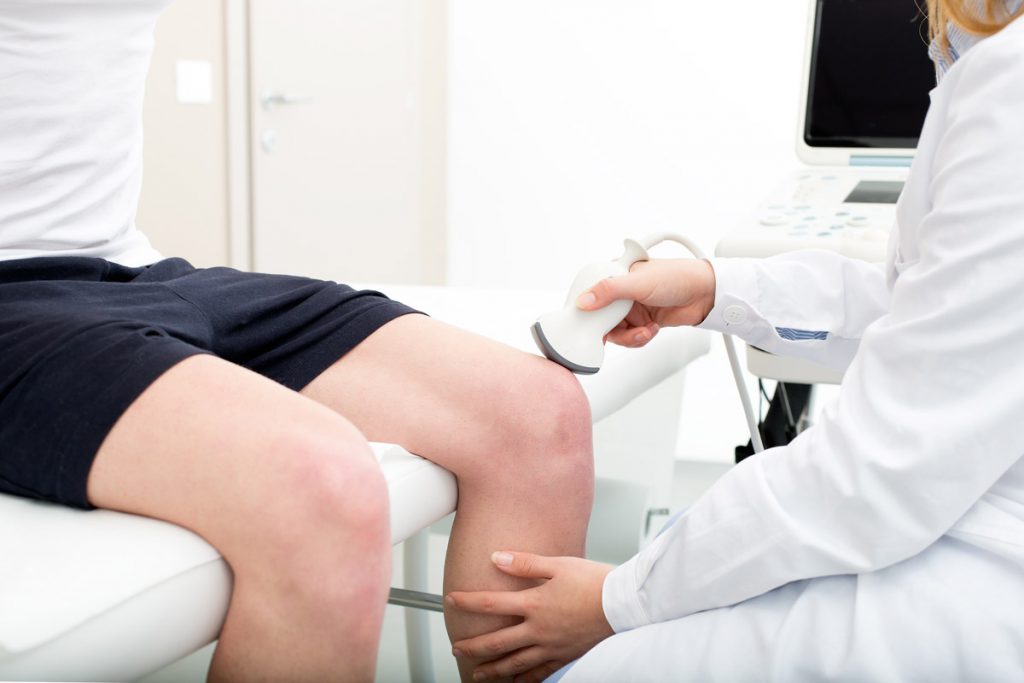
Regenerative Medicine
Benefits of Platelet Rich Plasma (PRP)
Regenerative medicine treatments such as the PRP are natural and minimally invasive. They involve having your blood or bone marrow sample taken. The sample gets spun down in a machine called a centrifuge. The healing factors are separated during this process and then injected into the site of injury. Like all of our injections, these are also done in an office setting with ultrasound imaging. Ultrasound imaging enables directed and precise therapy. This procedure jumpstarts your body’s healing process by supplying nutrient rich products to the injured area.
Benefits of Gel Injection
Injecting Gel into knees restores proper lubrication and cushioning to joints, which may slowly degenerated due to arthritis. The treatment may also reduce inflammation and protect joint cartilage from further wear and tear. The gel is made of Hyaluronic acid that is naturally present in joints, and functions as a lubricant and a shock absorbent to provide cushioning and reduce bone-on-bone contact.
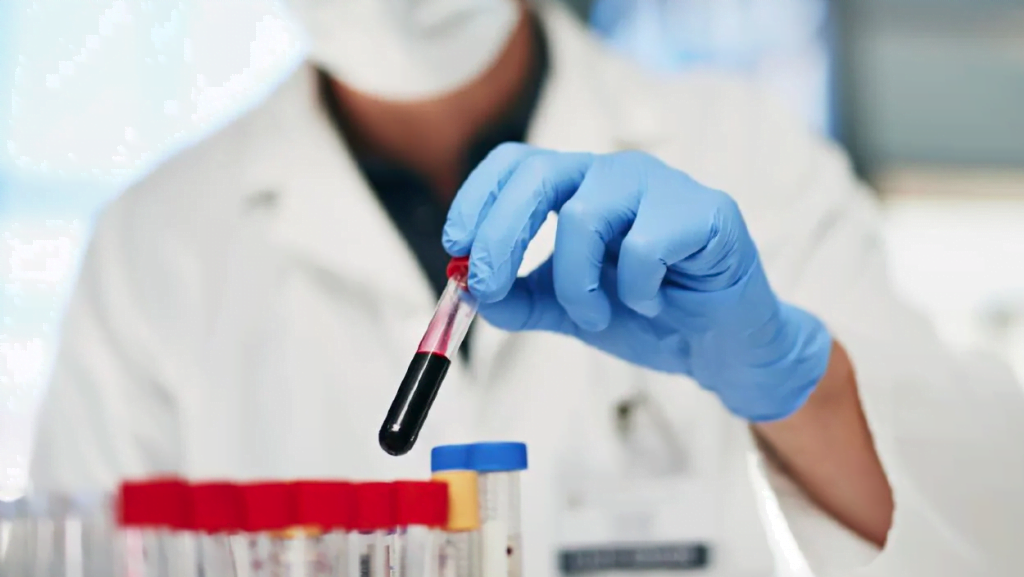
Joint health importance and improvement should be part of our daily regiment
Here are some additional tips for managing joint health:
Stay active: Exercise is important for maintaining joint health. However, it is important to choose low-impact activities that will not put too much stress on your joints. Swimming, walking, strength training, yoga, and cycling are all good options.
Protect your joints: Avoid activities that put stress on your joints, such as running and jumping.
Use heat and cold therapy: Heat can help relax muscles and relieve pain, while cold can help reduce inflammation.
Manage stress: Stress can worsen arthritis symptoms. Find healthy ways to manage stress, such as yoga, meditation, or spending time in nature.
Balanced Diet: Ways to improve bone and joint health include a diet rich in fresh fruits and vegetables. Leafy greens are especially rich in calcium and other minerals that can help both your joints and bones. Lifting small weights can also improve your bone density.
Bonus Tip: Exercise also improves mood, reduces stress and boosts your immune system. The best time to fight osteoporosis is before it begins. Bone and joint health are a part of your overall wellness. You should also talk to your doctor, as certain medications (even over the counter ones), can leech calcium from your bones.
